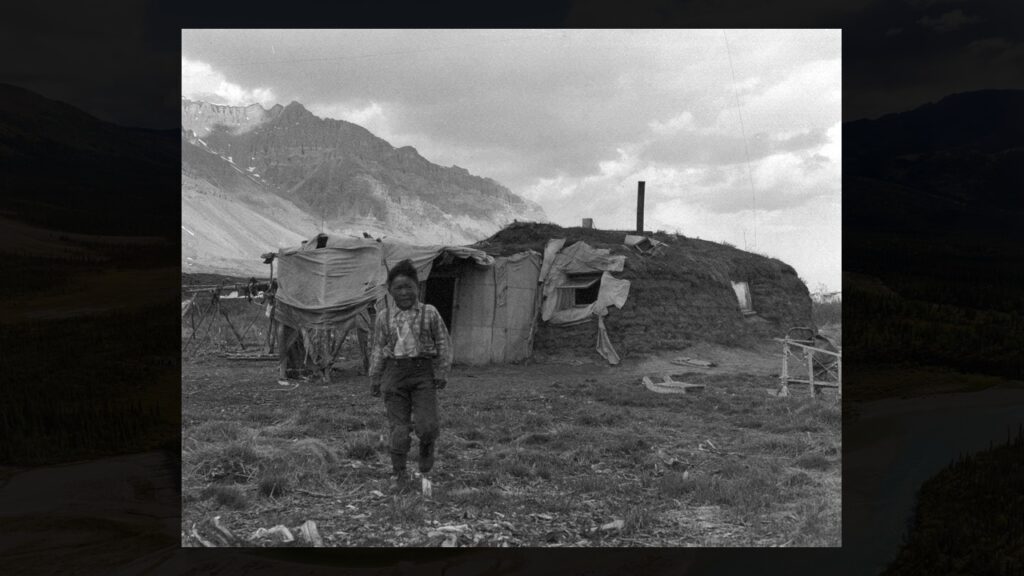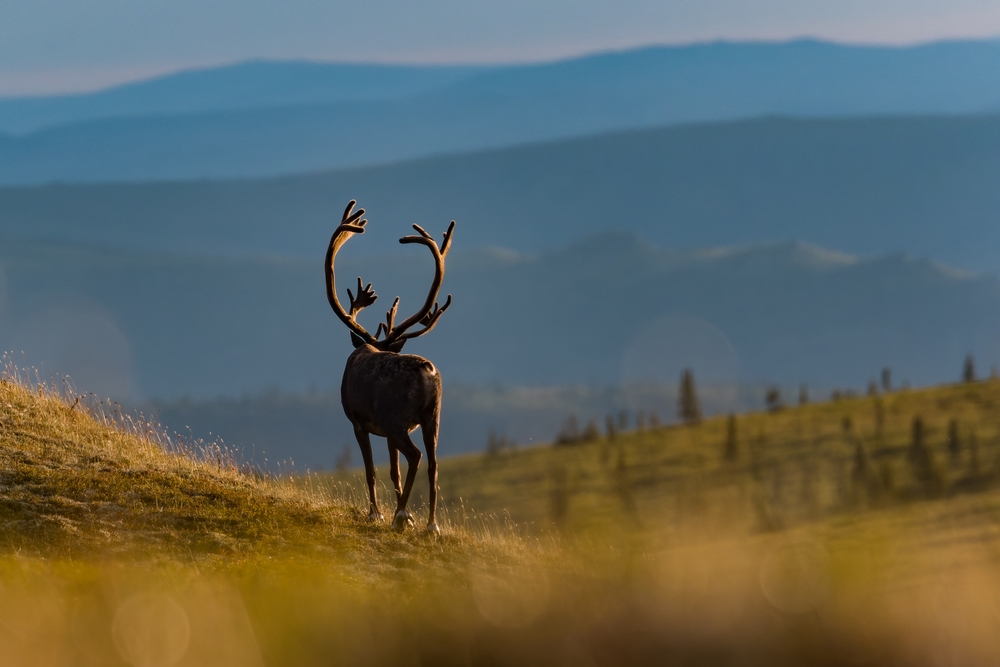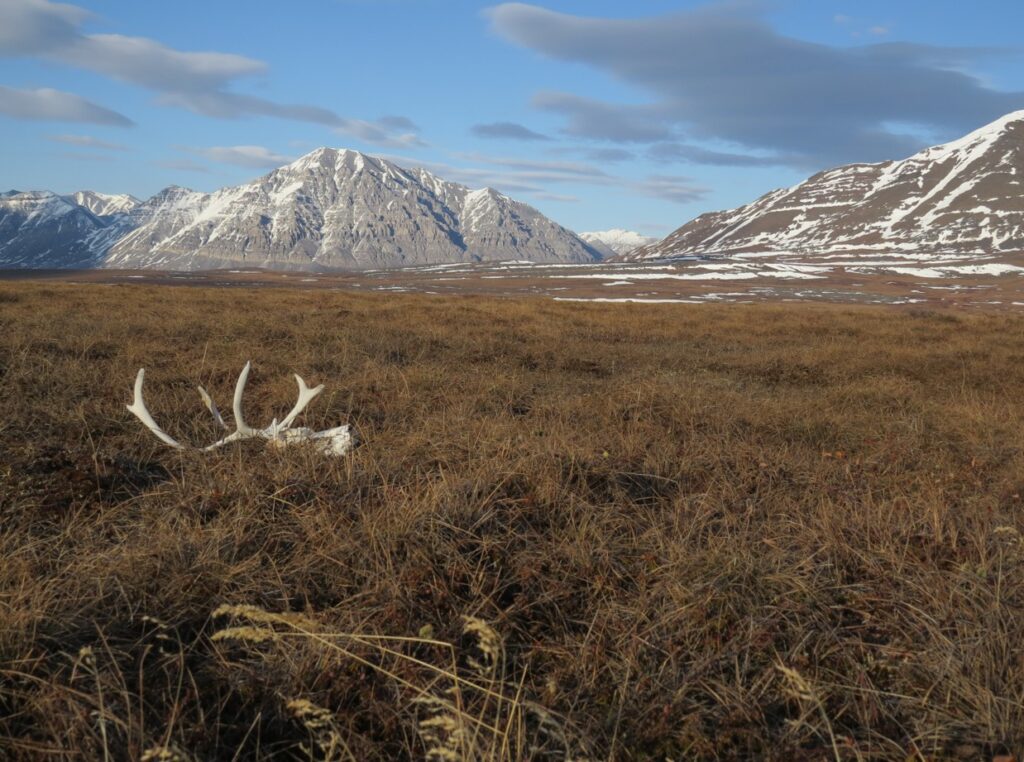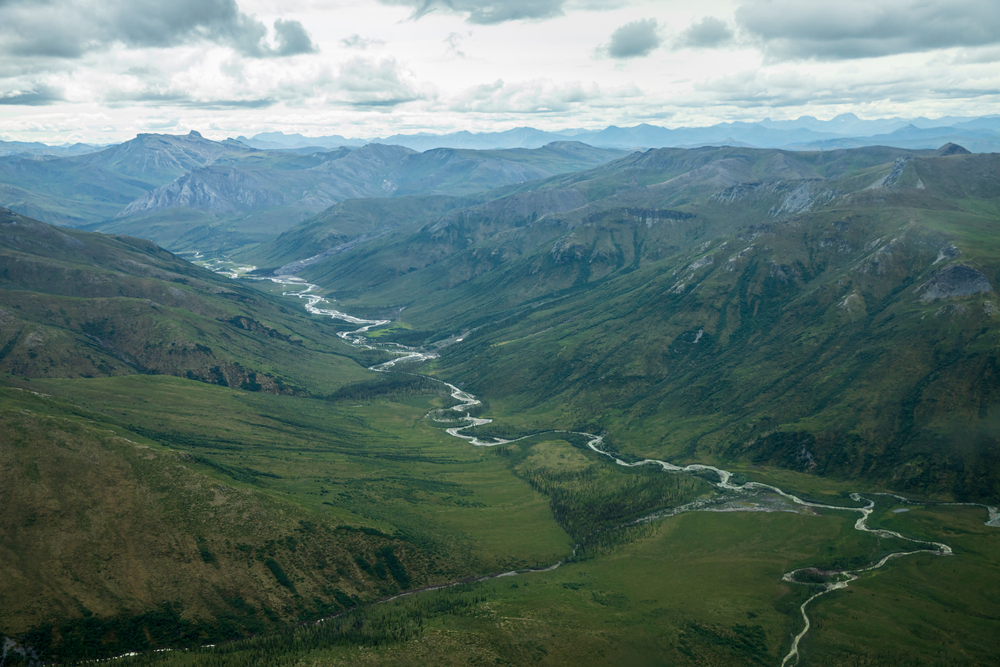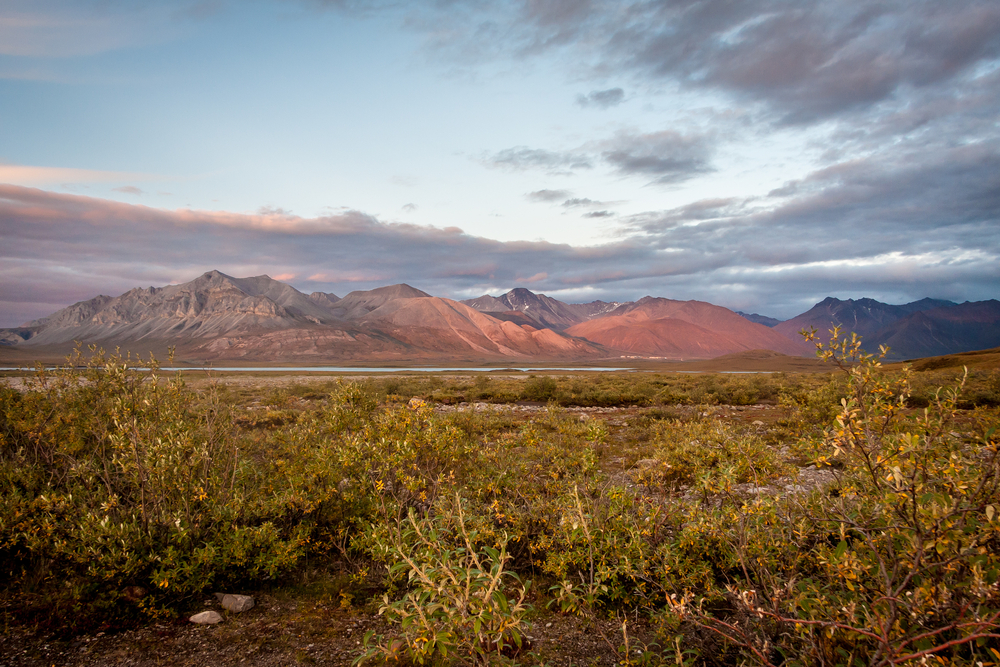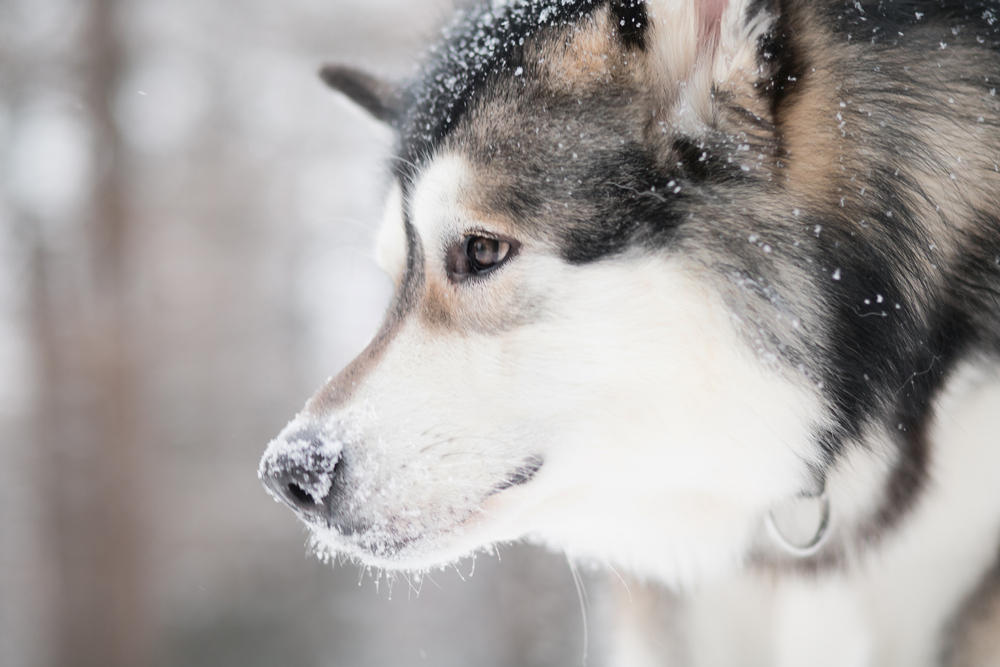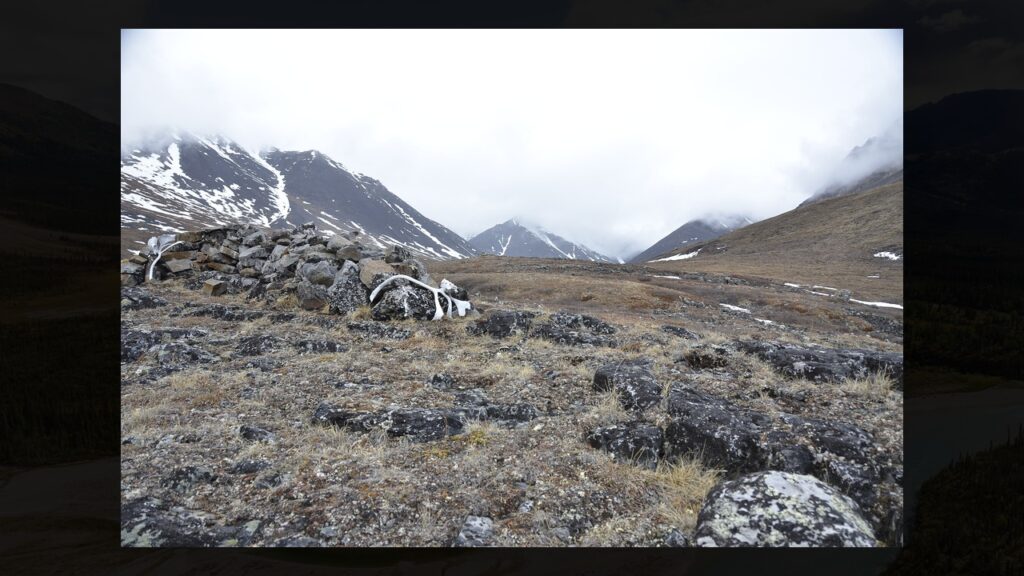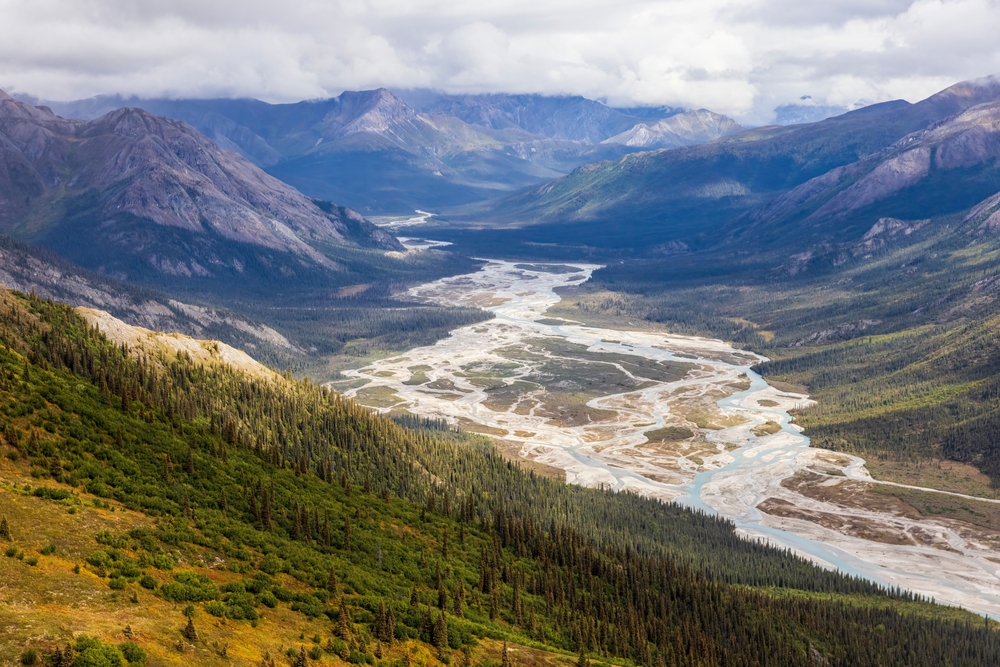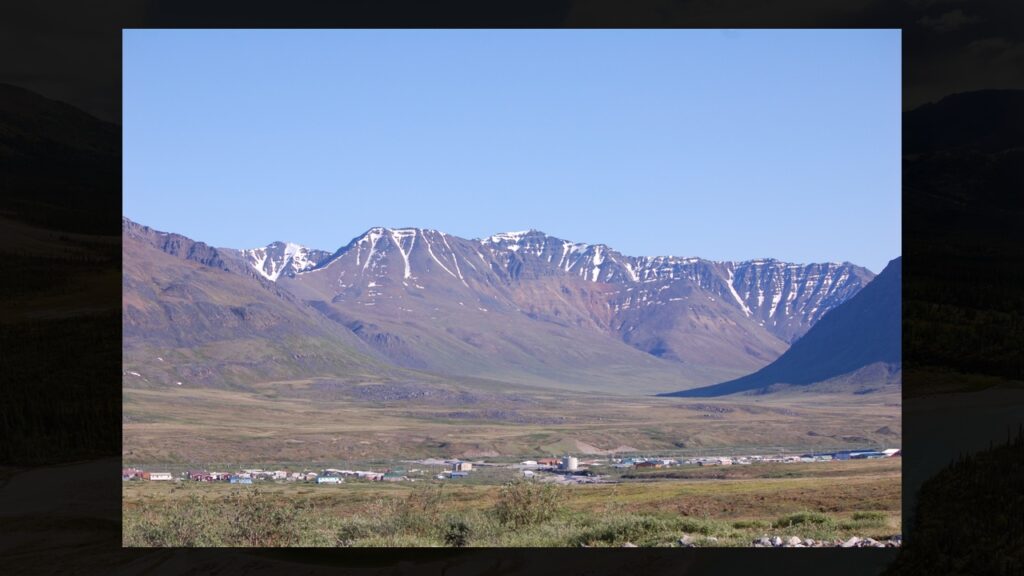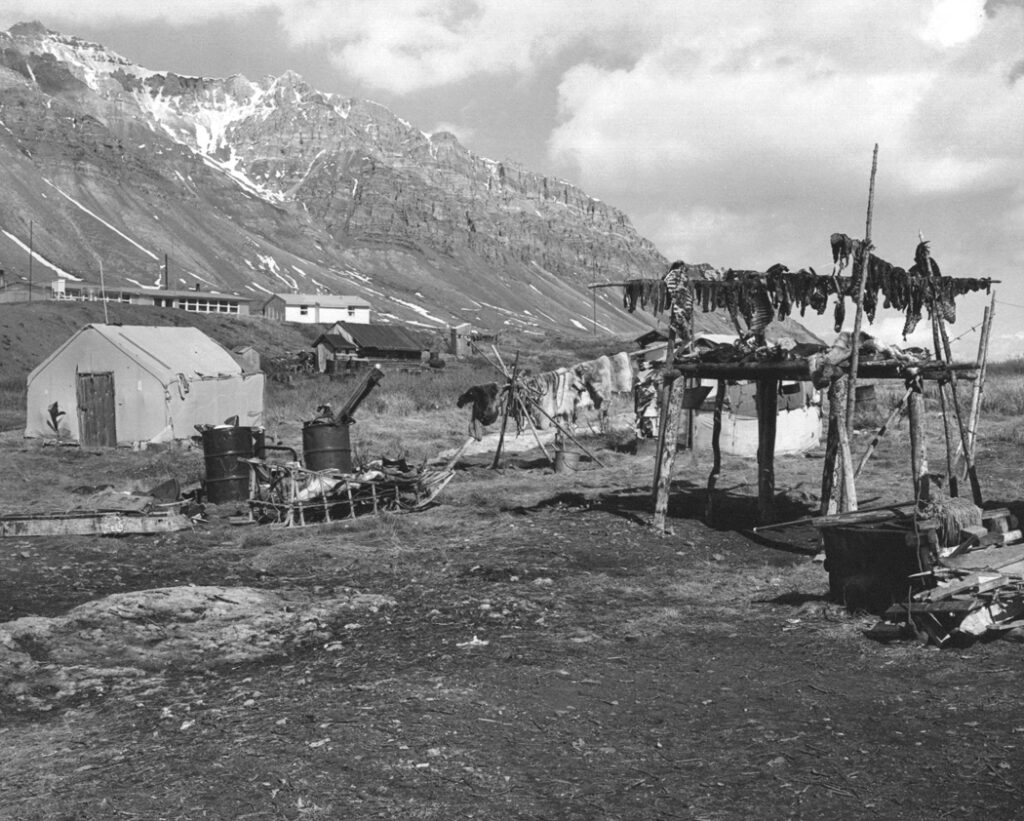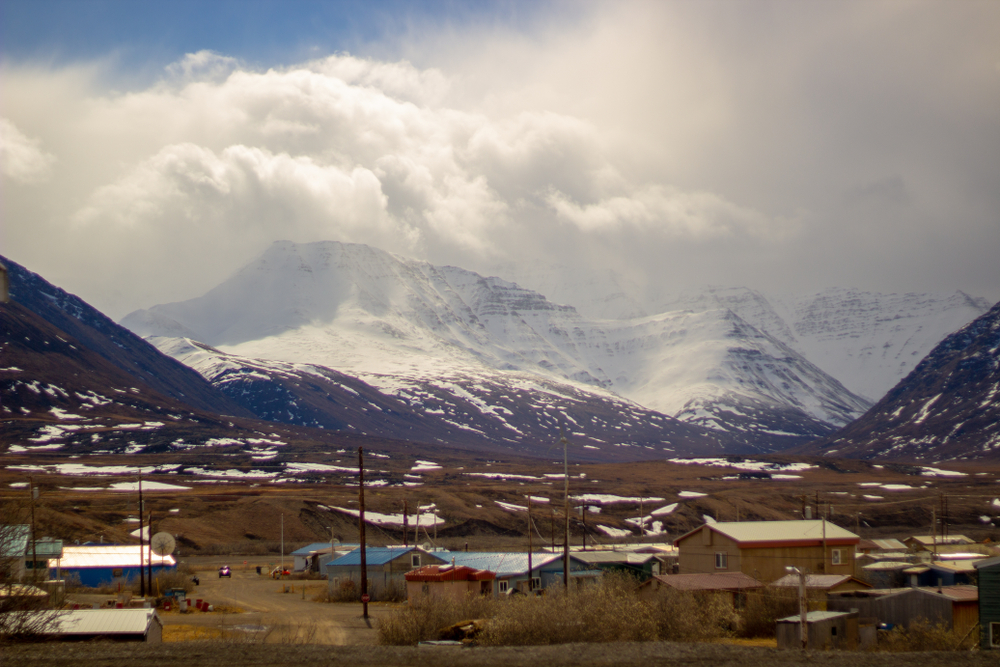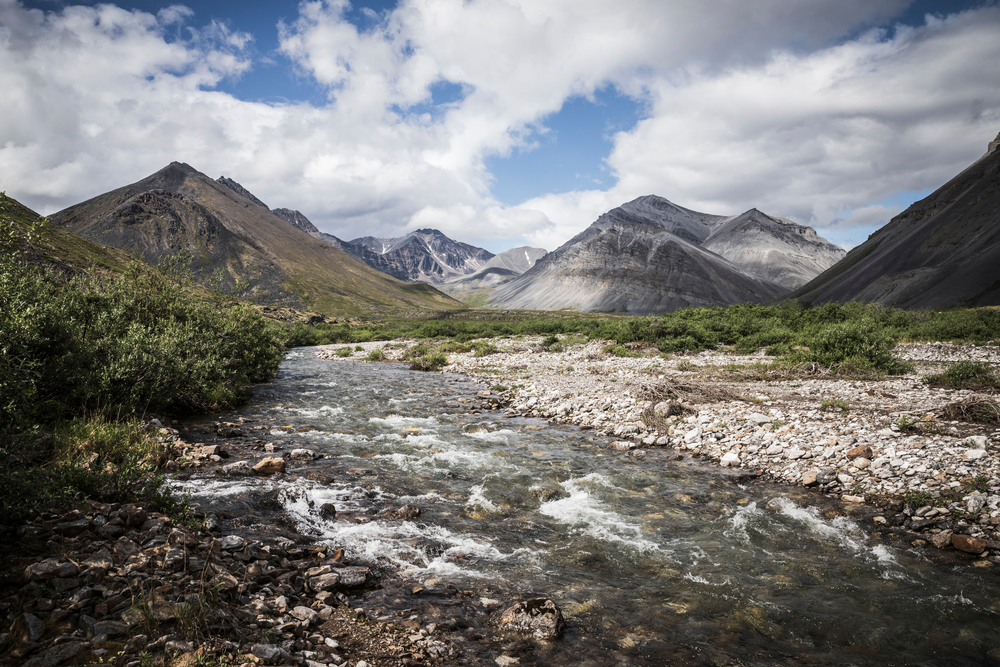Alaska
The 1949 ‘Long Walk’ that ended 11,000 years of nomadic life in Gates of the Arctic
-

 Illinois4 days ago
Illinois4 days agoHere Are 12 Things People from Illinois Do That Seem Insane To Everyone Else
-

 Iowa3 days ago
Iowa3 days agoIowa’s Underground Railroad site that tragically strengthened slavery
-

 Florida5 days ago
Florida5 days agoHere Are 12 Things People from Florida Do That Seem Insane To Everyone Else
-

 Minnesota2 days ago
Minnesota2 days agoHere Are 12 Things People from Minnesota Do That Seem Insane To Everyone Else
-

 Indiana4 days ago
Indiana4 days agoHere Are 12 Things People from Indiana Do That Seem Insane To Everyone Else
-

 Kentucky4 days ago
Kentucky4 days agoHere Are 12 Things People from Kentucky Do That Seem Insane To Everyone Else
-

 Maryland3 days ago
Maryland3 days agoHere Are 12 Things People from Maryland Do That Seem Insane To Everyone Else
-
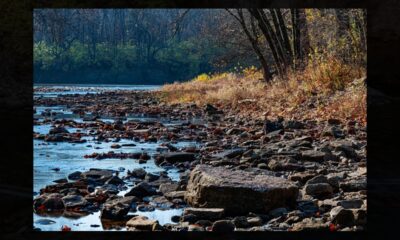
 Illinois4 days ago
Illinois4 days agoThis Illinois state park hides the village where Native leaders planned their last resistance

